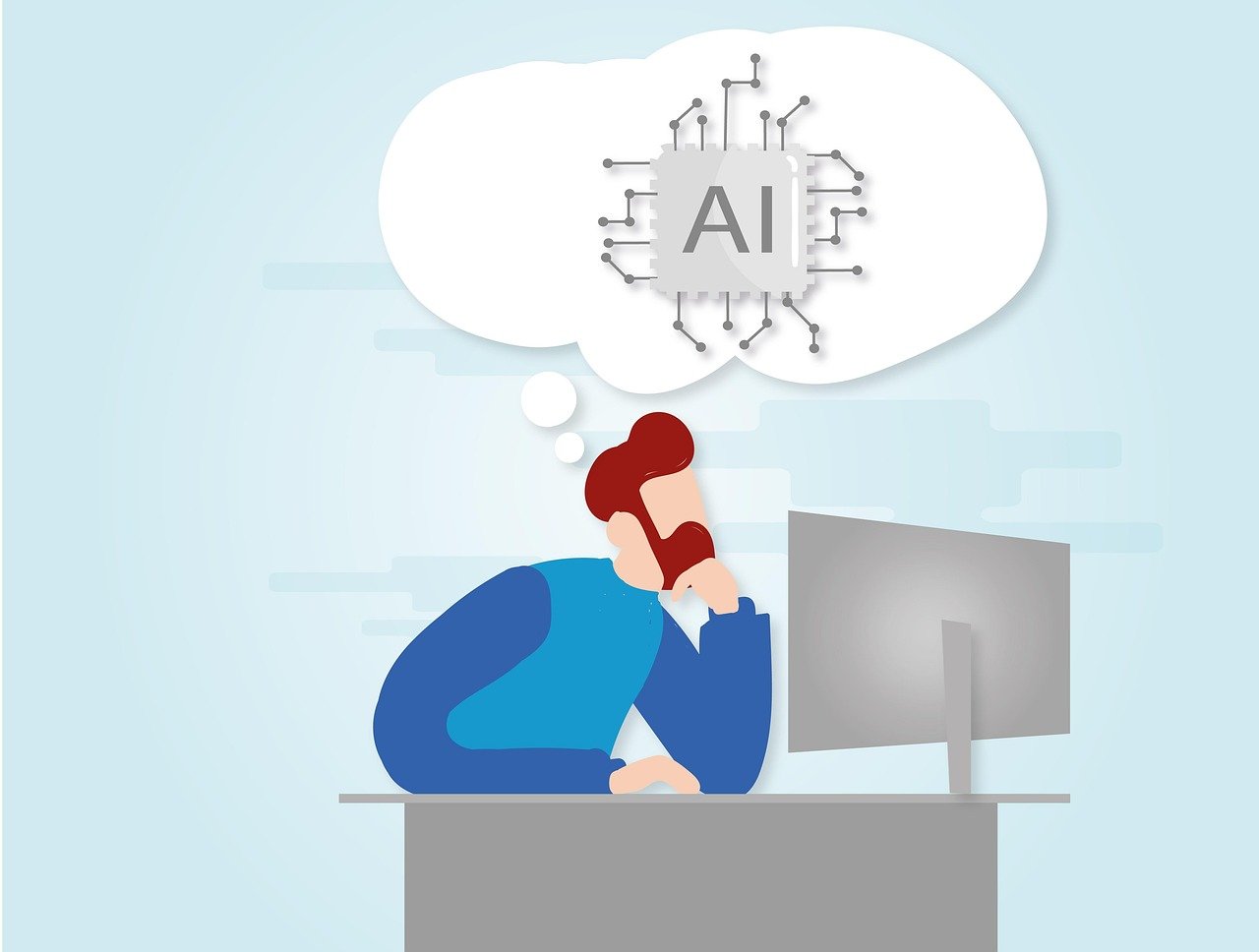AI-driven insights are revolutionizing how businesses operate, enabling them to make smarter decisions, personalize customer experiences, and optimize internal processes. By leveraging the power of artificial intelligence, companies can unlock hidden patterns and trends within their data, leading to a competitive edge and significant improvements in efficiency and profitability. This blog post will delve into the world of AI-driven insights, exploring their applications, benefits, and practical considerations.
Understanding AI-Driven Insights
What are AI-Driven Insights?
AI-driven insights are actionable pieces of information derived from analyzing large and complex datasets using artificial intelligence techniques. These insights go beyond traditional data analysis by identifying correlations, predicting future outcomes, and providing recommendations that would be impossible to uncover manually.
- They rely on machine learning algorithms to learn from data and identify patterns.
- They often involve natural language processing (NLP) to analyze text and sentiment.
- They are designed to provide businesses with a clear understanding of their operations, customers, and market trends.
The Difference Between AI and Traditional Analytics
While traditional analytics focuses on historical data and descriptive statistics, AI-driven insights take a more proactive approach.
- Traditional Analytics: Focuses on what happened in the past. Reports, dashboards, and descriptive statistics.
- AI-Driven Analytics: Focuses on predicting what will happen in the future and prescribing actions to take. Utilizes machine learning, NLP, and predictive modeling.
For example, a traditional analytics report might show that sales increased last quarter. AI-driven insights could predict which customers are most likely to churn and recommend targeted interventions to prevent it.
The Benefits of AI-Driven Insights
Enhanced Decision-Making
AI provides businesses with the tools to make data-backed decisions, reducing reliance on gut feelings and assumptions.
- Improved Accuracy: AI algorithms can analyze vast datasets to identify patterns and trends that humans might miss, leading to more accurate forecasts and predictions.
- Faster Insights: AI can quickly process data and generate insights in real-time, enabling businesses to respond to changing market conditions more effectively.
- Reduced Bias: AI algorithms can help to mitigate human bias in decision-making, leading to more objective and equitable outcomes.
- Example: A retail company can use AI to analyze sales data, weather patterns, and marketing campaigns to predict demand for specific products, optimizing inventory levels and reducing waste.
Improved Customer Experience
AI-driven insights enable businesses to personalize customer interactions and deliver more relevant experiences.
- Personalized Recommendations: AI can analyze customer behavior and preferences to provide personalized product recommendations and offers, increasing sales and customer loyalty.
- Targeted Marketing: AI can identify specific customer segments and tailor marketing messages to their needs, improving the effectiveness of marketing campaigns.
- Proactive Customer Service: AI-powered chatbots and virtual assistants can provide instant support and resolve customer issues quickly and efficiently, improving customer satisfaction.
- Example: Netflix uses AI algorithms to analyze viewing habits and preferences to recommend movies and TV shows that users are likely to enjoy.
Increased Operational Efficiency
AI can automate tasks, optimize processes, and improve resource allocation, leading to significant cost savings and increased productivity.
- Process Automation: AI can automate repetitive tasks, freeing up employees to focus on more strategic and creative work.
- Predictive Maintenance: AI can analyze sensor data to predict equipment failures and schedule maintenance proactively, reducing downtime and repair costs.
- Supply Chain Optimization: AI can optimize supply chain operations by forecasting demand, managing inventory, and routing shipments more efficiently.
- Example: A manufacturing company can use AI to analyze sensor data from its machines to predict when maintenance is needed, reducing downtime and improving productivity.
Implementing AI-Driven Insights
Data Preparation and Management
Before implementing AI, ensuring data quality, accessibility, and security is critical.
- Data Cleaning: Remove errors, inconsistencies, and duplicates from the data.
- Data Integration: Combine data from different sources into a unified format.
- Data Governance: Establish policies and procedures for managing data.
- Tip: Invest in data management tools and technologies to automate data preparation and ensure data quality.
Choosing the Right AI Tools and Techniques
The selection of tools and techniques will depend on the specific business problem and the available data.
- Machine Learning Platforms: Consider platforms like TensorFlow, PyTorch, or scikit-learn.
- Cloud-Based AI Services: Explore services offered by AWS, Google Cloud, and Azure.
- NLP Libraries: Utilize libraries like NLTK or SpaCy for text analysis.
- Example: For predicting customer churn, a company might use a machine learning algorithm like logistic regression or support vector machines.
Ethical Considerations
AI systems should be developed and used ethically, addressing potential biases and ensuring fairness and transparency.
- Bias Detection and Mitigation: Identify and mitigate biases in training data and algorithms.
- Transparency and Explainability: Ensure that AI systems are transparent and explainable, so users can understand how they arrive at their conclusions.
- Data Privacy and Security: Protect sensitive data and comply with data privacy regulations.
- Tip: Establish an AI ethics committee to oversee the development and deployment of AI systems.
Practical Examples of AI-Driven Insights in Action
Healthcare
AI is being used to analyze medical images, diagnose diseases, and personalize treatment plans.
- Early Disease Detection: AI algorithms can analyze medical images to detect early signs of cancer and other diseases, improving patient outcomes.
- Personalized Medicine: AI can analyze patient data to personalize treatment plans, optimizing the effectiveness of therapies and reducing side effects.
- Drug Discovery: AI can accelerate drug discovery by identifying promising drug candidates and predicting their efficacy.
Finance
AI is used to detect fraud, manage risk, and provide personalized financial advice.
- Fraud Detection: AI algorithms can analyze transaction data to detect fraudulent activity, preventing financial losses.
- Risk Management: AI can assess credit risk and predict market volatility, helping financial institutions manage risk more effectively.
- Personalized Financial Advice: AI-powered robo-advisors can provide personalized investment advice based on individual financial goals and risk tolerance.
Marketing
AI enhances targeting, personalization, and campaign optimization.
- Customer Segmentation: AI can identify specific customer segments based on their behavior and preferences, allowing marketers to tailor their messages.
- Predictive Analytics: AI can predict which customers are most likely to convert, allowing marketers to focus their efforts on the most promising leads.
- Campaign Optimization: AI can optimize marketing campaigns in real-time, adjusting bids and targeting to maximize ROI.
Conclusion
AI-driven insights are transforming industries by enabling businesses to make smarter decisions, personalize customer experiences, and optimize operations. By understanding the benefits of AI, implementing it effectively, and addressing ethical considerations, organizations can unlock the full potential of their data and gain a competitive edge in the modern business landscape. Embracing AI-driven insights is no longer a luxury but a necessity for success in today’s data-driven world.



